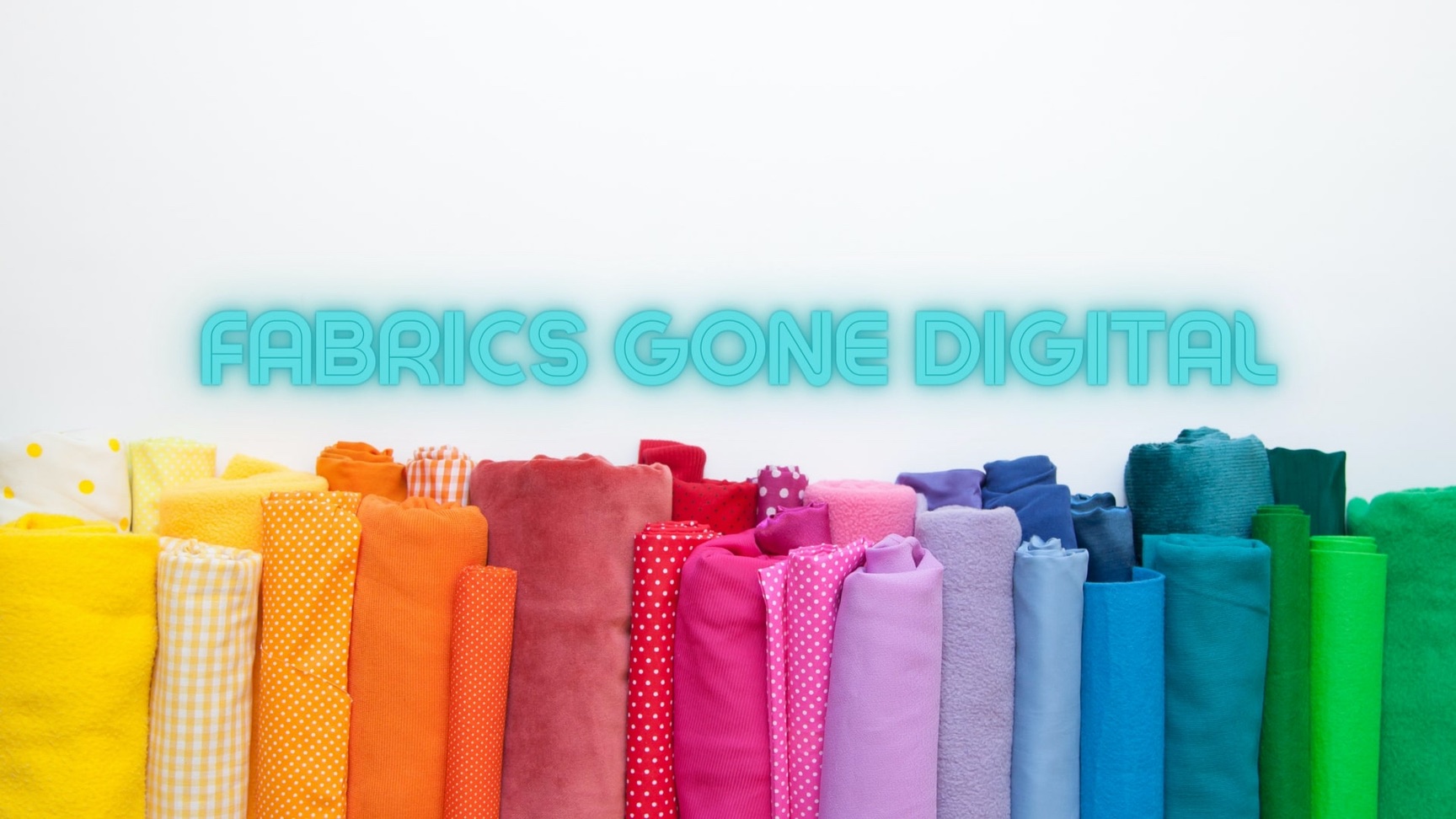
By Ella
3 minute read
Ella By Ella
3 minute read
Sourcing fabrics is one part of the job that is usually done face-to-face. You want to feel the textiles and see how the fabric hangs. But now the pandemic has changed the rules of the game, and no element of the industry has escaped the need to evolve rapidly and adopt new digital solutions. Perhaps, the sourcing of fabrics has been the latest to catch up, but the change is already underway.
Leading fabric sourcing event goes digital
For starters, Premiere Vision Paris, the leading fabric sourcing event, went online during its latest edition in February. Their digital show included an interactive digital catalog with yarns, fibers, fabrics, accessories and components, designs, leathers and garments that facilitated the products’ presentation.
It was a new way to do business for frequent fair attendees, but this digital transformation brought a bigger change by giving smaller brands and new designers access to a pool of 480 global fabric suppliers. Pre-pandemic, these players wouldn't have been able to attend in person due mostly to budget restrictions.
An online fabric sourcing platform
Together with this, another reaction to the traveling problem is the use of digital fabrics. Companies like Foursource offer a digital service for marketing and selling purposes to fabric suppliers, buyers and manufacturers.
They build a place where sourcing can happen digitally, and no travel is required. It is a solution to a problem that brings other blessings. It supports sustainability, transparency, and trust among manufacturers, suppliers, and buyers, allowing them to build more solid and flexible relationships.
Overall, the digitalization of fabrics boosts productivity in the product development process. From the start of the creative process, it gives designers more space to experiment during fabric sampling without generating massive costs for brands and speeds the performance.
READ MORE: Traceability in the supply chain
Request the Digital Version of your Fabrics
Another inclination, whenever you are sourcing, is to request your suppliers to provide you with a digital version of the fabric, so not only physical cuts but both.
Why has this become essential? If you are working with 3D (which you should!) and making your designs with 3D software, the digital version of your fabrics will be in the right format and easy to insert into the digital design. Additionally, brands begin building a digital fabric database to use in future designs.
The benefits are plenty: it shortens lead times, implies lower costs, increases transparency to manage your sustainability goals, helps you to reduce waste and lower your environmental impact at the start of your product’s lifecycle, and promotes a more responsible fabric-sourcing.
How to Request and Upload your Digital Fabrics in Delogue?
On Delogue’s platform, there are two ways you can request your supplier to upload a digital version of the fabrics.
Firstly, in the ‘Item Files’ feature suppliers can upload digital fabric files. There’s a special section in the platform where you can send messages and share information, as well as attachments with your clients called the ‘Communication Sub-Tab’.
Step-to-step Guide: How does the communication sub-tab work?
Secondly, in ‘Item Communication’ you can go to the Artwork tab and upload all related files to a specific item: Artwork, communication, and internal files. Delogue supports all image files and PDFs.
Step-to-step Guide: How to upload Artwork in Delogue?